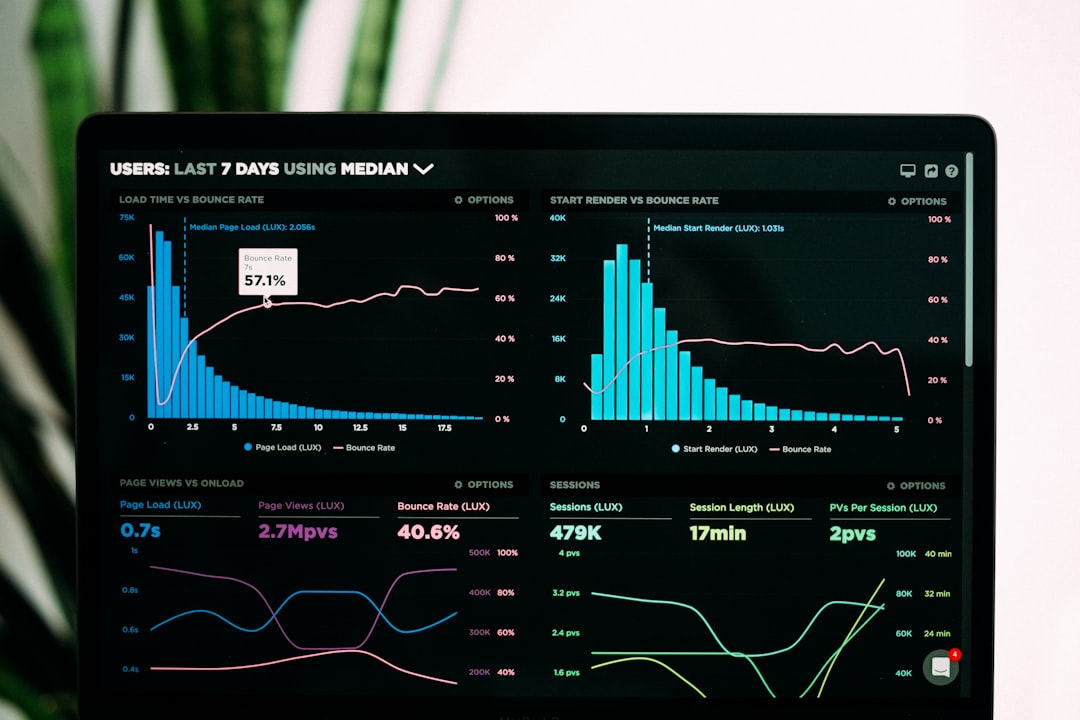Unlock encrypted content
Please enter your SSCE key to initiate on-the-fly decryption.
Decryption key: (Click cancel if you don't have the key)
Copied link to clipboard.
This feature is unavailable for free accounts. Upgrade now and enjoy all Premium benefits.
Go Premium!
This feature is unavailable for free accounts. Upgrade now and enjoy all Premium benefits.
Go Premium!
Please open this page in browser ( Google Chrome or Safari ) to use this feature.
Open In Browser
<h1>Exploring the Future of File Transfer and Storage Technology in 2030</h1>
Random related video for this blog.
Copied share link to clipboard.
Whether it's sharing documents, uploading media files, or backing up important data, these technologies have revolutionized the way we handle information. As we look ahead to the year 2030, it's exciting to imagine the advancements that will shape the future of file transfer and storage. In this article, we will explore the potential of Generative Adversarial Networks (GANs), nanotechnology, and cloud storage, along with the benefits they bring to various industries and everyday users.
Generative Adversarial Networks (GANs): Redefining File Transfer
Generative Adversarial Networks (GANs) have gained significant attention in recent years for their ability to generate realistic content. GANs consist of two neural networks, a generator, and a discriminator, which work together to produce data that closely resembles real-world examples. This technology holds immense potential for file transfer in 2030. Imagine a scenario where you need to share a large file with a colleague. With GANs, you could simply provide a high-level description of the file, such as its content or attributes, and the system would generate a compressed version that can be easily transferred. This would eliminate the need for time-consuming uploads and downloads, making file sharing faster and more efficient than ever before. Furthermore, GANs could also be used to enhance the security of file transfer. By generating realistic decoy files, GANs can confuse potential attackers and make it harder for them to identify and intercept sensitive data. This technology has the potential to revolutionize the way we transfer files, ensuring both speed and security in the process.Nanotechnology: The Future of Data Storage
As the amount of data we generate continues to grow exponentially, traditional storage solutions are being pushed to their limits. This is where nanotechnology comes into play. By manipulating matter at the atomic and molecular level, nanotechnology offers the potential for ultra-compact andhigh-capacity data storage solutions. In 2030, we can expect to see advancements in nanotechnology that enable data storage on a microscopic scale. Imagine a storage device the size of a grain of sand, capable of storing terabytes of data. This could revolutionize industries such as healthcare, where vast amounts of patient information can be stored securely and accessed instantly. The benefits of nanotechnology in data storage extend beyond capacity. The durability and longevity of nanomaterials make them ideal for long-term data preservation, ensuring that valuable information remains intact for future generations. Additionally, nanotechnology-based storage devices would require minimal energy to operate, reducing their environmental impact and making them a sustainable solution for the future.
Cloud Storage: Easy and Secure File Sharing Solution
Cloud storage has become an indispensable tool in our digital lives, offering convenience, accessibility, and security. In 2030, cloud storage solutions will continue to evolve, providing even more benefits to users across various industries. One of the key advantages of cloud storage is its easy-to-use uploading and downloading tools. With just a few clicks, users can upload their files to the cloud and access them from any device with an internet connection. This flexibility allows for seamless collaboration between individuals and teams, regardless of their physical location. Furthermore, cloud storage offers numerous benefits for space exploration. As we venture further into the cosmos, the need for efficient data storage and transfer becomes crucial. Cloud-based solutions can provide astronauts with a centralized repository for all their scientific findings, images, and videos, enabling real-time collaboration with researchers on Earth. This technology will be instrumental in advancing our understanding of the universe and facilitating breakthrough discoveries. Another exciting application of cloud storage is in the field of bioprinting. Bioprinting involves the creation of three-dimensional biological structures, such as organs, using specialized printers. These printers require vast amounts of data to accurately recreate complex biological systems. Cloud storage can provide a cost-effective and secure solution for storing and sharing these large datasets, enabling researchers and medical professionals to collaborate on groundbreaking advancements in healthcare.Conclusion
As we look towards the future, the potential of file transfer and storage technology in 2030 is both exciting and promising. Generative Adversarial Networks (GANs), nanotechnology, and cloud storage are set to redefine the way we share, store, and access information. From faster and more secure file transfers using GANs to ultra-compact and high-capacity data storage enabled by nanotechnology, these advancements will revolutionize industries and enhance the way we interact with digital content. Cloud storage will continue to be a vital tool, offering easy-to-use solutions for file sharing, collaboration, and even space exploration. The possibilities are endless, and the future of file transfer and storage is indeed bright.Frequently Asked Questions (FAQs)
Q: How can GANs improve file transfer? A: GANs can generate compressed versions of files based on high-level descriptions, making file sharing faster and more efficient.
Q: What is the potential of nanotechnology in data storage? A: Nanotechnology offers the potential for ultra-compact and high-capacity data storage solutions, revolutionizing industries and ensuring long-term data preservation.
Q: How does cloud storage benefit space exploration? A: Cloud storage provides astronauts with a centralized repository for scientific findings, enabling real-time collaboration and advancing our understanding of the universe.
Case Studies: 1. A research team in the field of genetics utilized GANs to transfer large genomic datasets securely and efficiently, enabling faster analysis and breakthrough discoveries. 2. A space agency utilized cloud storage to store and share high-resolution images captured by satellites, facilitating global collaboration and enhancing our understanding of Earth's ecosystems.
By Amelia Isabella
Email: [email protected]
Related
Revolutionizing File Collaboration Interfaces for the Internet of Everything.
May 31, 2023
Read More
Cloud Storage for Creative Professionals: Flexible File Sharing Permissions and...
May 31, 2023
Read More
Cognitive Computing and Real-Time System Monitoring for Enhanced Data Security...
May 31, 2023
Read More
Popular
Exploring the Benefits of Cloud Storage and Innovative Technologies in...
November 26, 2025
Read More
The Future of Digital Transformation: Exploring Smart Homes, Efficient File...
November 30, 2025
Read More
Latest
The Future of Digital Transformation: Exploring Smart Homes, Efficient File...
November 30, 2025
Read More
Exploring the Benefits of Cloud Storage and Innovative Technologies in...
November 26, 2025
Read More
The Future of Technology: Exploring Biohacking, Space Tourism, and Digital...
November 23, 2025
Read More
The Future of File Sharing: Streamlined Workflows for Photographers and...
November 19, 2025
Read More
Exploring the Intersection of Technology: From Cybersecurity to Augmented Reality...
November 16, 2025
Read More
The Future of File Management: Embracing Edge Computing and Efficient...
November 12, 2025
Read More
The Future of File Sharing: Exploring User-Friendly Solutions and Data...
November 5, 2025
Read More
The Future of Cloud Storage: How FileLu Empowers Creative Professionals...
November 2, 2025
Read More
The Future of Autonomous Technologies: Innovations in Robotics, File Sharing,...
October 29, 2025
Read More
Emerging Technologies Revolutionizing File Management: From Li-Fi to Robust Collaboration...
October 26, 2025
Read More
Emerging Technologies: Exploring the Impact of File Access Auditing, Genetic...
October 19, 2025
Read More
The Future of Data Storage: Exploring Advanced Encryption, Mobile Integration,...
October 5, 2025
Read More
Exploring the Future of Data Management: Security, Efficiency, and Cognitive...
September 28, 2025
Read More
Revolutionizing Data Management: Innovations in Storage, Security, and Sustainable Technology.
September 24, 2025
Read More























